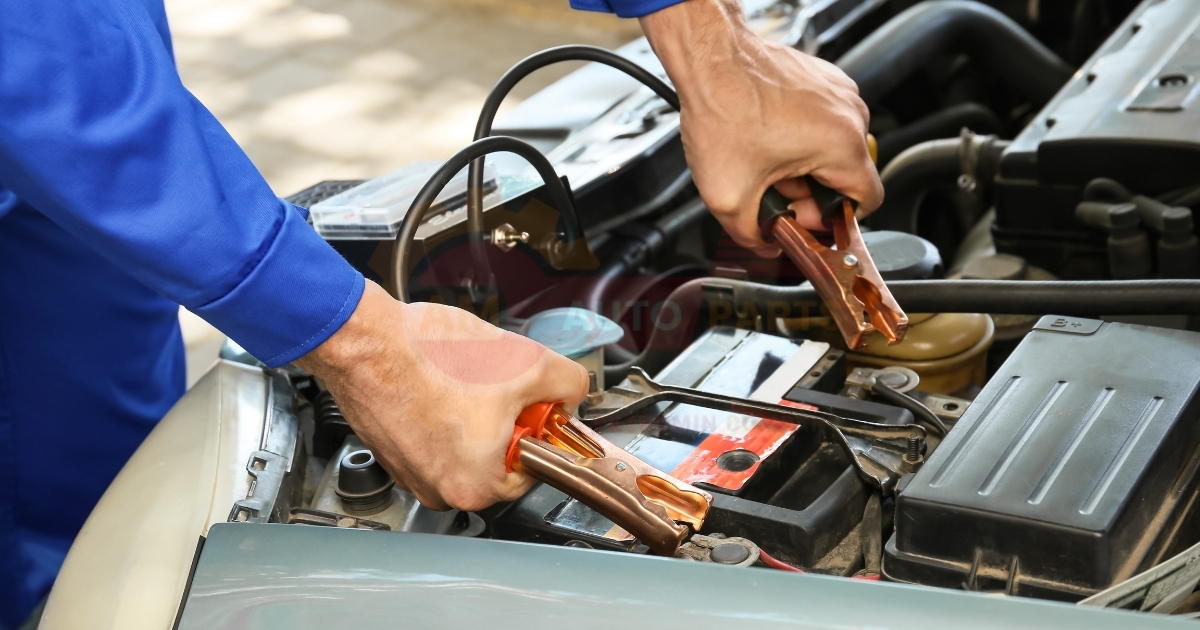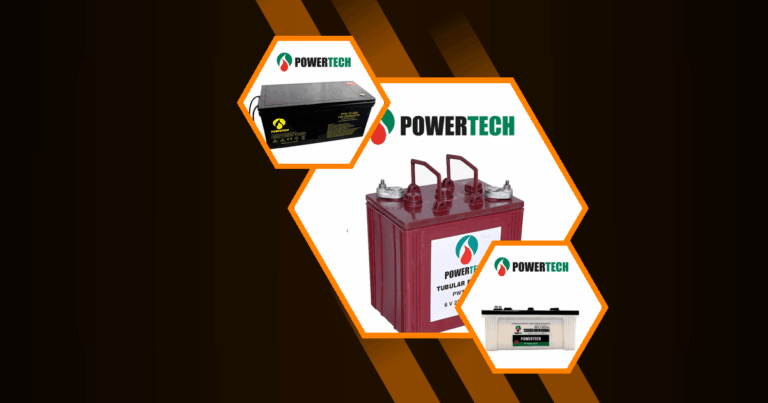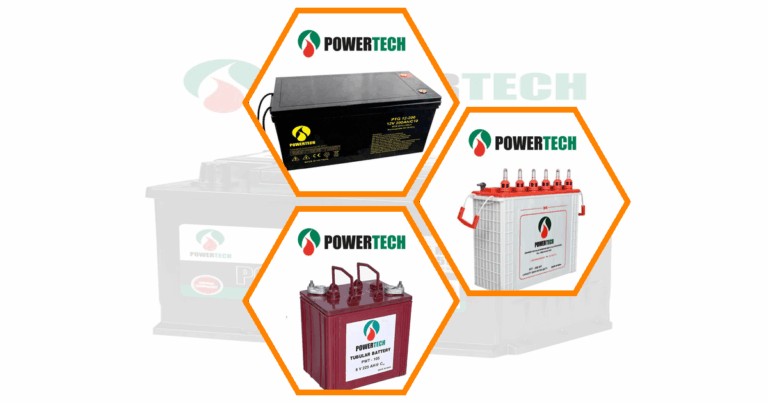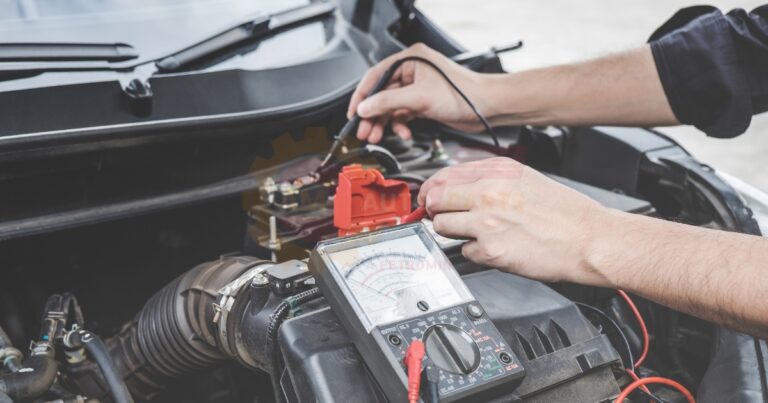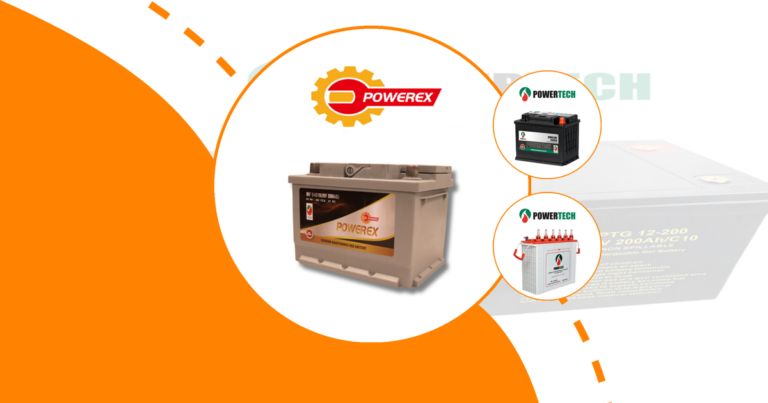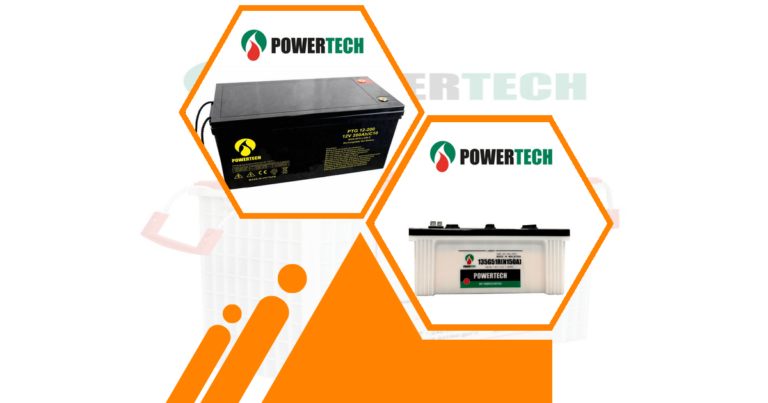What to Do with Car Battery: Handling Good, Bad, and Unused Batteries
Types of car batteries
Car batteries come in various types, each designed for specific vehicle needs and performance requirements. The most common types include lead-acid batteries, which are further divided into flooded (wet cell) and maintenance-free varieties. Other types include Absorbed Glass Mat (AGM) and lithium-ion batteries, which are becoming increasingly popular in modern vehicles.
Lead-acid batteries remain the most widely used due to their affordability and reliability. AGM batteries offer better performance and longer lifespan but come at a higher cost. Lithium-ion batteries, while expensive, provide superior power-to-weight ratio and longer life cycles.
- Lead-acid batteries: Flooded and maintenance-free
- AGM batteries: Higher performance and longer lifespan
- Lithium-ion batteries: Superior power-to-weight ratio
Battery lifespan and performance factors
The lifespan and performance of a car battery depend on various factors. On average, a car battery lasts between 3 to 5 years, but this can vary significantly based on usage patterns, environmental conditions, and maintenance practices.
Extreme temperatures, both hot and cold, can significantly impact battery life. High temperatures accelerate chemical reactions within the battery, leading to faster degradation, while cold temperatures reduce the battery’s ability to provide sufficient power. Regular short trips that don’t allow the battery to fully recharge can also shorten its lifespan.
Factors affecting battery lifespan and performance:
- Temperature extremes
- Driving habits (short trips vs. long drives)
- Maintenance practices
- Vehicle electrical system health
- Battery quality and type
Maintaining a Healthy Car Battery
Regular battery checks and cleaning
Performing regular checks and cleaning is crucial for maintaining a healthy car battery. Inspect the battery at least once a month for signs of corrosion, loose connections, or physical damage. Clean the battery terminals and cable connectors using a mixture of baking soda and water, followed by a thorough rinse with clean water.
Ensure that the battery is securely fastened in its tray to prevent vibration damage. Check the electrolyte levels in flooded batteries and top up with distilled water if necessary. For maintenance-free batteries, simply keep the top clean and dry.
Battery maintenance checklist:
- Monthly visual inspection
- Clean terminals and connectors
- Check and tighten battery hold-down
- Inspect electrolyte levels (for flooded batteries)
- Keep battery top clean and dry
Proper charging techniques
Proper charging is essential for maintaining battery health and extending its lifespan. When charging a car battery, use a charger appropriate for your battery type and follow the manufacturer’s instructions. Avoid overcharging, as it can lead to electrolyte loss and internal damage.
For regular maintenance charging, a trickle charger or smart charger is recommended. These devices provide a low, steady charge that prevents overcharging and maintains the battery at optimal levels. If you need to charge a completely discharged battery, use a charger with a “boost” or “recovery” mode to safely bring it back to life.
Charging best practices:
- Use the correct charger for your battery type
- Avoid overcharging
- Employ trickle or smart chargers for maintenance
- Use “boost” mode for deeply discharged batteries
Preventing battery drain when not in use
Take proactive steps to minimise power consumption to prevent battery drain when your vehicle is not in use. Turn off all electrical accessories before shutting down the engine. For extended periods of non-use, consider using a battery disconnect switch to isolate the battery from the vehicle’s electrical system.
If you’re storing the vehicle for an extended period, periodically start the engine and let it run for at least 15 minutes to recharge the battery. Alternatively, use a battery maintainer to keep the charge at optimal levels during storage.
Tips to prevent battery drain:
- Turn off all electrical accessories
- Use a battery disconnect switch for long-term storage
- Periodically start and run the engine
- Employ a battery maintainer for extended storage
Diagnosing and Handling a Bad Car Battery
Signs of a failing battery
Recognizing the signs of a failing battery can help you address issues before they leave you stranded. Common indicators include slow engine cranking, dimming headlights, and electrical issues such as power windows operating slowly. If you notice a rotten egg smell near the battery, it could indicate a leak or internal damage.
Another sign is the need for frequent jump-starts, especially if the vehicle has been sitting unused for short periods. If your battery is more than three years old and exhibiting these symptoms, it’s likely time to consider replacement.
Warning signs of a failing battery:
- Slow engine cranking
- Dimming headlights
- Electrical system issues
- Rotten egg smell
- Frequent need for jump-starts
Testing battery health
Regular battery testing is crucial for maintaining your vehicle’s reliability. You can perform a basic voltage test using a multimeter. A healthy battery should read around 12.6 volts when the engine is off. If the reading is below 12.4 volts, the battery may need charging or replacement.
For a more comprehensive assessment, visit a reputable auto parts store like AM Autoparts. Many offer free battery testing services using specialized equipment that can provide detailed information about your battery’s health and remaining lifespan.
Battery testing methods:
- Voltage test with a multimeter
- Load test (professional equipment required)
- Conductance test (professional equipment required)
Jumpstarting a dead battery safely
When faced with a dead battery, jumpstarting can get you back on the road quickly. However, it’s crucial to follow proper safety procedures to avoid damage to your vehicle or personal injury. Always use jumper cables in good condition and follow the correct connection sequence.
First, connect the red cable to the positive terminal of the dead battery, then to the positive terminal of the good battery. Next, connect the black cable to the negative terminal of the good battery, and finally to an unpainted metal surface on the engine of the car with the dead battery. Start the working vehicle and let it run for a few minutes before attempting to start the car with the dead battery.
Jumpstarting safety tips:
- Use jumper cables in good condition
- Follow the correct connection sequence
- Avoid touching the cable clamps together
- Keep the vehicles in park or neutral with parking brakes engaged
- Let the working vehicle run for a few minutes before starting the dead one
Proper Storage and Care for Unused Car Batteries
Ideal storage conditions
When storing a car battery, it’s essential to create an environment that minimizes self-discharge and prevents damage. The ideal storage location is a cool, dry place with temperatures between 40°F and 60°F (4°C to 15°C). Avoid areas prone to extreme temperatures or high humidity.
Store the battery on a wooden board or plastic tray to insulate it from potential ground discharge. Keep it away from direct sunlight and heat sources. If possible, store the battery in an upright position to prevent electrolyte leakage.
Optimal storage conditions:
- Cool, dry environment
- Temperature range: 40°F to 60°F (4°C to 15°C)
- Away from direct sunlight and heat sources
- Stored on an insulating surface
- Upright position
Trickle charging for long-term storage
For long-term storage, using a trickle charger or battery maintainer is highly recommended. These devices provide a low, constant charge that compensates for the battery’s natural self-discharge rate. This helps prevent sulfation, a process where lead sulfate crystals build up on the battery plates, reducing its capacity and lifespan.
Connect the trickle charger according to the manufacturer’s instructions, ensuring proper polarity. Many modern trickle chargers are designed to be left connected indefinitely without overcharging the battery.
Benefits of trickle charging:
- Prevents battery sulfation
- Maintains optimal charge level
- Extends battery lifespan
- Ensures battery readiness for use
Battery maintenance during extended periods of non-use
During extended periods of non-use, regular maintenance can help preserve your car battery’s health. If a trickle charger is not available, disconnect the battery from the vehicle to prevent parasitic drain from electronic systems.
Check the battery’s charge level monthly using a voltmeter. If the voltage drops below 12.4 volts, recharge the battery. For flooded batteries, check the electrolyte levels and top up with distilled water if necessary. Clean the battery terminals and cable connectors to prevent corrosion buildup.
Maintenance tasks for unused batteries:
- Disconnect from vehicle if not using a trickle charger
- Monthly voltage checks
- Recharge when voltage drops below 12.4 volts
- Check and maintain electrolyte levels (flooded batteries)
- Clean terminals and connectors
Recycling and Disposing of Old Car Batteries
Environmental impact of improper disposal
Improper disposal of car batteries can have severe environmental consequences. Car batteries contain toxic materials such as lead and sulfuric acid, which can contaminate soil and water sources if not handled correctly. These contaminants pose significant risks to human health and wildlife.
When batteries end up in landfills, they can leak harmful chemicals into the ground, potentially entering the water table. The lead content in batteries is particularly concerning, as it can accumulate in living organisms and cause long-term health issues.
Environmental risks of improper battery disposal:
- Soil and water contamination
- Toxic chemical leakage
- Lead poisoning risks for humans and wildlife
- Long-term ecosystem damage
Recycling options and benefits
Recycling car batteries is not only environmentally responsible but also economically beneficial. Nearly 100% of a lead-acid battery can be recycled, making it one of the most recycled consumer products. The lead, plastic, and other components can be recovered and used to manufacture new batteries or other products.
Many auto parts stores, including AM Autoparts, offer battery recycling services. Some even provide a small rebate or discount on a new battery when you return an old one. Additionally, many local recycling centers and hazardous waste collection sites accept car batteries for proper recycling.
Benefits of battery recycling:
- Conservation of natural resources
- Reduction of environmental pollution
- Economic incentives (rebates or discounts)
- Compliance with environmental regulations
Safe handling and transportation of old batteries
When handling and transporting old car batteries, safety should be your top priority. Always wear protective gloves and eye protection to avoid contact with any leaked acid. Keep the battery upright to prevent spills, and place it in a sturdy, leak-proof container for transportation.
Secure the battery in your vehicle to prevent it from tipping or sliding during transport. If possible, cover the battery terminals with electrical tape to prevent short circuits. Never attempt to drain the battery acid yourself, as this is extremely dangerous and should only be done by professionals.
Safety guidelines for handling old batteries:
- Wear protective gear (gloves and eye protection)
- Keep the battery upright
- Use a leak-proof container for transport
- Secure the battery during transportation
- Cover terminals with electrical tape
Choosing the Right Replacement Battery
Factors to consider when selecting a new battery
Selecting the right replacement battery is crucial for optimal vehicle performance. Consider factors such as the battery’s size, capacity (measured in Cold Cranking Amps or CCA), and reserve capacity. Ensure that the new battery meets or exceeds your vehicle manufacturer’s specifications.
Climate plays a significant role in battery selection. If you live in an area with extreme temperatures, consider a battery designed to withstand these conditions. For vehicles with start-stop technology or high electrical demands, an AGM battery might be the best choice despite its higher cost.
Key factors for battery selection:
- Battery size and fit
- Cold Cranking Amps (CCA) rating
- Reserve capacity
- Climate considerations
- Vehicle’s electrical demands
Compatible battery sizes and types for your vehicle
To ensure compatibility, refer to your vehicle’s owner’s manual or consult with a professional at AM Autoparts for the correct battery size and type. Battery Group Size is a standardized measurement that indicates the battery’s physical dimensions and terminal locations.
Some vehicles may be compatible with multiple battery sizes, offering flexibility in capacity and performance options. However, always ensure that the chosen battery fits securely in the battery tray and that the terminals align properly with your vehicle’s cables.
Battery compatibility checklist:
- Verify correct Group Size
- Check terminal type and location
- Ensure proper fit in battery tray
- Confirm compatibility with vehicle’s electrical system
Professional installation vs. DIY replacement
While many car enthusiasts opt for DIY battery replacement, professional installation offers several advantages. Professionals have the tools and expertise to safely remove the old battery and install the new one without risking damage to the vehicle’s electrical system.
Professional installation often includes a battery test to ensure proper functioning and can identify any underlying issues with the charging system. Many auto parts stores, including All Makes Autoparts , offer free or low-cost installation with the purchase of a new battery.
If you choose to replace the battery yourself, follow proper safety procedures and consult your vehicle’s manual for specific instructions. Be sure to dispose of the old battery responsibly through a recycling program.
Pros of professional installation: Battery replacement threshold is the point when a device’s battery becomes too weak and needs to be changed It helps users know when it’s time to get a new battery for their gadget Battery voltage range The
- Expertise and proper tools
- Safety assurance
- Comprehensive system check
- Proper disposal of old battery
- Warranty coverage
Extending Car Battery Life
Best practices for daily use
Adopting good habits in your daily driving can significantly extend your car battery’s life. Avoid leaving electrical accessories on when the engine is off, as this can drain the battery. Ensure all doors are properly closed and interior lights are off when exiting the vehicle.
Regular driving helps maintain the battery’s charge. If you frequently make short trips, consider taking a longer drive occasionally to allow the battery to fully recharge. Keep your vehicle’s electrical system in good condition by promptly addressing any issues with alternators, starters, or other components.
Daily battery care tips:
- Turn off all electrical accessories before shutting down the engine
- Check that all doors are closed and interior lights are off
- Take regular longer drives to fully charge the battery
- Maintain the vehicle’s electrical system
Seasonal battery care tips
Different seasons bring unique challenges for car batteries. In summer, high temperatures can accelerate chemical reactions and water loss in batteries. Regularly check fluid levels in flooded batteries and top up with distilled water if necessary. Park in shaded areas when possible to reduce heat exposure.
In winter, cold temperatures reduce battery capacity and increase the power needed to start the engine. Ensure your battery is in good condition before winter sets in. Consider using a battery blanket or engine block heater in extremely cold climates to maintain battery temperature.
Seasonal care strategies:
- Summer: Check fluid levels, park in shade
- Winter: Test battery before cold weather, use battery blanket if needed
- Spring/Fall: Perform general battery maintenance and cleaning
Avoiding common battery-draining mistakes
Many common habits can inadvertently drain your car battery. Leaving headlights or interior lights on when the engine is off is a frequent culprit. Similarly, using the radio or other electronics for extended periods without the engine running can quickly deplete the battery.
Parasitic drains from faulty electrical components or aftermarket devices can also slowly drain the battery over time. Regularly check for unusual power draws and address any electrical issues promptly. Avoid using the key position that activates electronics without starting the engine for long periods.
Battery-draining habits to avoid:
- Leaving lights on when the engine is off
- Extended use of electronics without the engine running
- Ignoring parasitic drains from faulty components
- Frequent short trips without allowing full battery recharge
Troubleshooting Common Battery Issues
Corroded terminals and connections
Corrosion on battery terminals and connections can impede the flow of electricity, leading to starting problems and reduced battery life. Regularly inspect the terminals for signs of corrosion, which often appears as a white, green, or blue powdery substance.
To clean corroded terminals, disconnect the battery (negative terminal first) and use a mixture of baking soda and water to neutralize the corrosion. Scrub with a wire brush, rinse with clean water, and dry thoroughly. Apply a thin layer of dielectric grease to the terminals to prevent future corrosion.
Steps to clean corroded terminals:
- Disconnect battery (negative terminal first)
- Apply baking soda and water mixture
- Scrub with wire brush
- Rinse and dry thoroughly
- Apply dielectric grease
Alternator problems affecting battery performance
A faulty alternator can lead to battery issues, as it’s responsible for charging the battery while the engine is running. Signs of alternator problems include dimming lights, a battery warning light on the dashboard, or a whining noise from the engine bay.
If you suspect alternator issues, have your vehicle’s charging system tested at a reputable auto parts store like AM Autoparts. They can perform a alternator output test to determine if it’s functioning correctly. A failing alternator should be replaced promptly to prevent damage to the battery and other electrical components.
Alternator problem indicators:
- Dimming or flickering lights
- Battery warning light on dashboard
- Whining noise from engine bay
- Frequent battery drain
